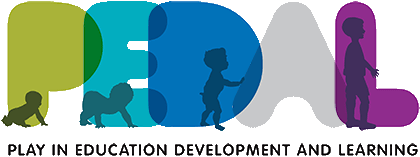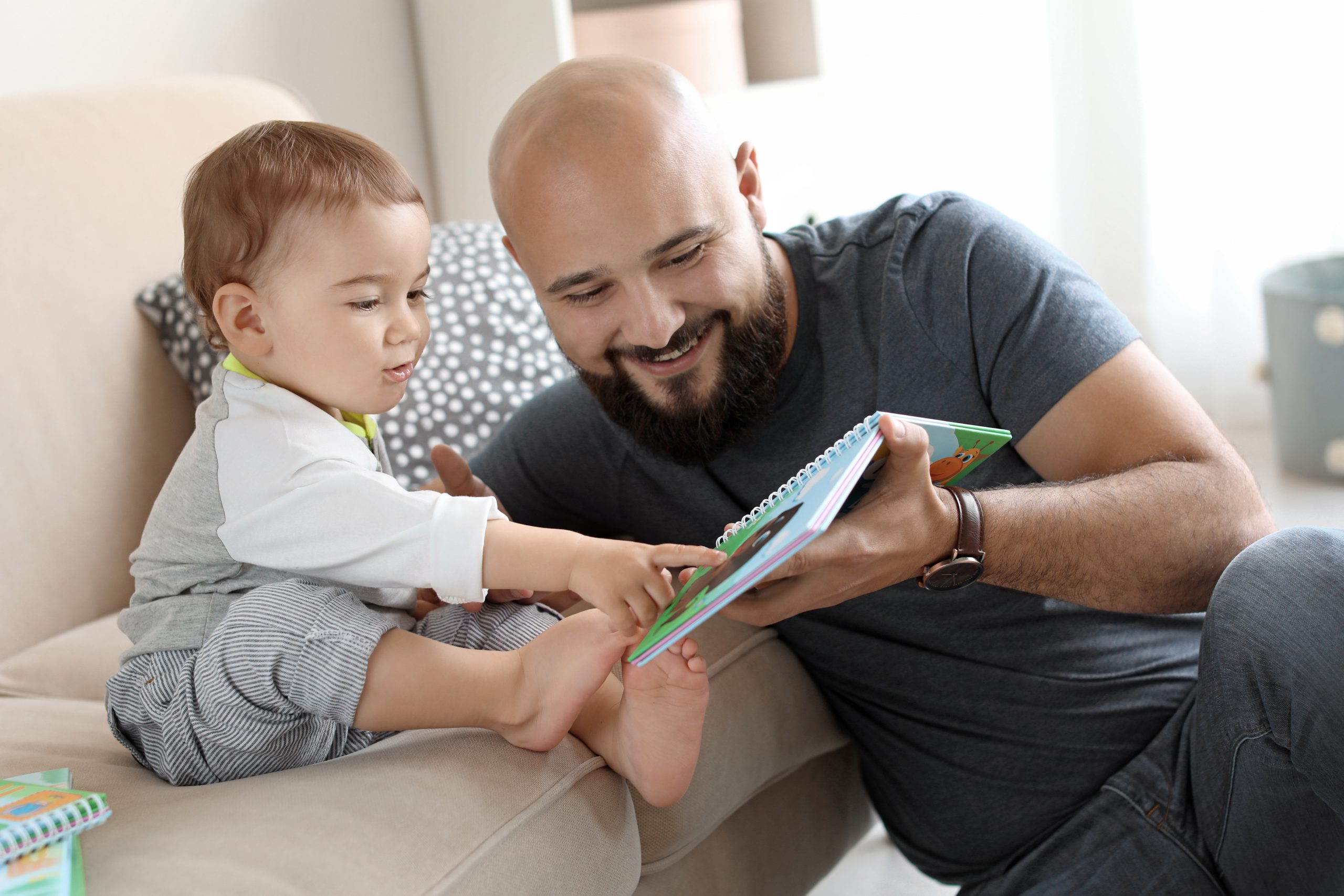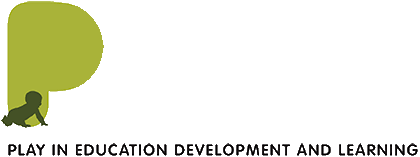Affordances of Cul-de-sac in Urban Neighborhoods as Play Spaces for Middle Childhood Children
This study investigates the affordances of cul-de-sac as play space in Malaysian urban neighbourhood for middle childhood children. Behavioral responses of 82 children experiencing two cul-de-sac in two different residential neighbourhoods were elicited using three methods: semi-structured interviews, observations and survey questionnaire. It is found that cul-de-sac with a monotonous, flat landscape with some vegetation […]
This study investigates the affordances of cul-de-sac as play space in Malaysian urban neighbourhood for middle childhood children. Behavioral responses of 82 children experiencing two cul-de-sac in two different residential neighbourhoods were elicited using three methods: semi-structured interviews, observations and survey questionnaire. It is found that cul-de-sac with a monotonous, flat landscape with some vegetation offered less affordances to the children than the one that is a slightly slopping landform with a variety of vegetation. In addition, it is not the aesthetic design of the cul-de-sac but the caregiver’s permission and the affordances of sociality that encourage the children to play.
Modeling ADHD-type arousal with unilateral frontal cortex damage in rats and beneficial effects of play therapy
The psychobiology of play: Theoretical and methodological perspectives
The social play of pairs of juvenile rats can be brought under tight experimental control using social deprivation, and it can be objectively quantified by measurement of pinning behavior. Research and conceptual issues concerning this paired-encounter procedure are summarized, including issues related to (1) measurement, (2) gender differences (and the absence thereof), (3) relations between […]
The social play of pairs of juvenile rats can be brought under tight experimental control using social deprivation, and it can be objectively quantified by measurement of pinning behavior. Research and conceptual issues concerning this paired-encounter procedure are summarized, including issues related to (1) measurement, (2) gender differences (and the absence thereof), (3) relations between play and aggression, (4) the regulatory processes interacting with and underlying play, (5) the neurochemical and neuroanatomical substrates of play, (6) the functions of play in dominance and other adult behaviors. Existing results suggest the operation of a harmoniously operating brain process which generates a unique emotive brain process that is appropriately referred to as social play. Although the concept of play remains to be adequately defined, the position is advocated that rigorous psychobiological analysis will ultimately provide an empirical definition based upon neural circuit characteristics. Analysis of the underlying circuits may help reveal the manner in which more complex levels of behavioral competence arise ontogenetically, and work in the area may yield clues to the genesis of several psychopathologies.
Private speech in two preschools: Significance of open-ended activities and make-believe play for verbal self-regulation
Contextual influences on private speech were examined in two preschools differing in the learning environments they provide for children. Observations of 3- to 5-year-olds were made during free-choice periods in a Montessori and a traditional (play-oriented) program. Consistent with Vygotsky’s theory that make-believe play serves as a vital context for the development of self-regulation, the […]
Contextual influences on private speech were examined in two preschools differing in the learning environments they provide for children. Observations of 3- to 5-year-olds were made during free-choice periods in a Montessori and a traditional (play-oriented) program. Consistent with Vygotsky’s theory that make-believe play serves as a vital context for the development of self-regulation, the incidence of private speech was much higher during open-ended activities, especially fantasy play, that require children to determine the goal of the task, than during closed-ended tasks with predetermined goals. In line with previous research, the more direct involvement, or external regulation, teachers displayed, the lower the rate of children’s private speech. In addition, transitions (as opposed to involvement in activities) were linked to reduced private speech, whereas engagement with peers, in the form of associative play, predicted greater self-directed language. Diminished make-believe play, greater teacher direct involvement, and heightened time spent in transitions largely accounted for the lower incidence of private speech in the Montessori compared with the traditional preschool. Contextual factors also contributed to a drop in private speech at age 5. Implications for fostering children’s verbal self-regulation during early childhood are considered.
Where do children usually play? A qualitative study of parents’ perceptions of influences on children’s active free-play
This study explored the perceptions of 78 parents from low, mid and high socio-economic areas in Melbourne, Australia to increase understanding of where children play and why. Using an ecological model interviews with parents revealed that safety and social factors emerged as key social themes, facilities at parks and playgrounds, and urban design factors emerged […]
This study explored the perceptions of 78 parents from low, mid and high socio-economic areas in Melbourne, Australia to increase understanding of where children play and why. Using an ecological model interviews with parents revealed that safety and social factors emerged as key social themes, facilities at parks and playgrounds, and urban design factors emerged as important physical environment themes. The children’s level of independence and attitudes to active free-play were considered to be important individual level influences on active free-play. The study findings have important implications for future urban planning and children’s opportunities for active free-play.
Play, cognition and self-regulation: What exactly are children learning when they learn through play?
This paper explores the particular aspects of learning which might be supported through playful activity and reviews research and theory which link children’s play, and particularly pretence or symbolic play, to the development of metacognitive and self-regulatory skills. Three studies are reported, one observational and two experimental, which have explored this relationship. The observational study […]
This paper explores the particular aspects of learning which might be supported through playful activity and reviews research and theory which link children’s play, and particularly pretence or symbolic play, to the development of metacognitive and self-regulatory skills. Three studies are reported, one observational and two experimental, which have explored this relationship. The observational study involved the video-recording of 582 metacognitive or self-regulatory ‘events’ within Foundation Stage settings. The two experimental studies replicated in different learning domains the classic study of Sylva, Bruner and Genova (1976), which contrasted the problem-solving performance of 3- to 5-year-old children who had experienced a ‘taught’ and ‘play’ condition. Evidence from the present studies reported and other studies supports the view that play, and particularly pretence or symbolic play, which might be with objects or other children, is particularly significant in its contribution to the development of children as metacognitively skilful, self-regulated learners. Evidence from the observational study indicated that child-initiated playful activities, in small groups without adult supervision, supported the greatest proportion of self-regulatory behaviours. The experimental studies suggested that the experience of the ‘play’ condition was particularly effective in preparing the children for effortful, problem-solving or creative tasks which require a high level of metacognitive and self-regulatory skill. Metacognitive and self-regulatory development is crucially important in the development of academic skills which involve intentional learning, problem-solving and creativity. An understanding of the relationship between pretend or symbolic play and self-regulation is also helpful in providing clear guidelines for adults working with young children as regards their role in supporting and encouraging play in educational contexts.
Differential impact of preschool models on development and early learning of inner-city children: A three-cohort study
Three different preschool models operating in an urban school district were identified through cluster analysis of teacher responses to the Pre-K Survey of Beliefs and Practices. The language, self-help, social, motor, and adaptive development, along with mastery of basic skills, of 721 4-year-olds randomly selected from these models were compared. Children in the child-initiated model […]
Three different preschool models operating in an urban school district were identified through cluster analysis of teacher responses to the Pre-K Survey of Beliefs and Practices. The language, self-help, social, motor, and adaptive development, along with mastery of basic skills, of 721 4-year-olds randomly selected from these models were compared. Children in the child-initiated model demonstrated greater mastery of basic skills than did children in programs in which academics were emphasized and skills were taught. Children in the combination model did significantly poorer on all measures except self-help and development of social coping skills compared with children in either the child-initiated or academically directed models. Girls outperformed boys in all areas except gross motor development and play and leisure skills. Implications for educational policymakers are discussed. (PsycINFO Database Record (c) 2012 APA, all rights reserved). (journal abstract)
Serious fun: Preschoolers engage in more exploratory play when evidence is confounded
Researchers, educators, and parents have long believed that children learn cause and effect relationships through exploratory play. However, previous research suggests that children are poor at designing informative experiments; children fail to control relevant variables and tend to alter multiple variables simultaneously. Thus, little is known about how children’s spontaneous exploration might support accurate causal […]
Researchers, educators, and parents have long believed that children learn cause and effect relationships through exploratory play. However, previous research suggests that children are poor at designing informative experiments; children fail to control relevant variables and tend to alter multiple variables simultaneously. Thus, little is known about how children’s spontaneous exploration might support accurate causal inferences. Here the authors suggest that children’s exploratory play is affected by the quality of the evidence they observe. Using a novel free-play paradigm, the authors show that preschoolers (mean age: 57 months) distinguish confounded and unconfounded evidence, preferentially explore causally confounded (but not matched unconfounded) toys rather than novel toys, and spontaneously disambiguate confounded variables in the course of free play.
The playful child: Measurement of a disposition to play
Discusses the psychometric properties of the Children’s Playfulness Scale (CPS; L. A. Barnett; see record 1991-11480-001). The identification of 5 underlying components of the playfulness construct (physical spontaneity, social spontaneity, cognitive spontaneity, manifest joy, and sense of humor) are specified and validated. Factor-analytic procedures confirmed the existence of the general playfulness factor and the 5 […]
Discusses the psychometric properties of the Children’s Playfulness Scale (CPS; L. A. Barnett; see record 1991-11480-001). The identification of 5 underlying components of the playfulness construct (physical spontaneity, social spontaneity, cognitive spontaneity, manifest joy, and sense of humor) are specified and validated. Factor-analytic procedures confirmed the existence of the general playfulness factor and the 5 dimensions, and reproduced the same factor structure and pattern across independent samples and raters and across 2 types of response format. The relationship between the CPS and other extant play measures was explored. The CPS appears to be a viable measure of young children’s playful predispositions.
The impact of pretend play on children’s development: A review of the evidence
Pretend play has been claimed to be crucial to children’s healthy development. Here we examine evidence for this position versus 2 alternatives: Pretend play is 1 of many routes to positive developments (equifinality), and pretend play is an epiphenomenon of other factors that drive development. Evidence from several domains is considered. For language, narrative, and […]
Pretend play has been claimed to be crucial to children’s healthy development. Here we examine evidence for this position versus 2 alternatives: Pretend play is 1 of many routes to positive developments (equifinality), and pretend play is an epiphenomenon of other factors that drive development. Evidence from several domains is considered. For language, narrative, and emotion regulation, the research conducted to date is consistent with all 3 positions but insufficient to draw conclusions. For executive function and social skills, existing research leans against the crucial causal position but is insufficient to differentiate the other 2. For reasoning, equifinality is definitely supported, ruling out a crucially causal position but still leaving open the possibility that pretend play is epiphenomenal. For problem solving, there is no compelling evidence that pretend play helps or is even a correlate. For creativity, intelligence, conservation, and theory of mind, inconsistent correlational results from sound studies and nonreplication with masked experimenters are problematic for a causal position, and some good studies favor an epiphenomenon position in which child, adult, and environment characteristics that go along with play are the true causal agents. We end by considering epiphenomenalism more deeply and discussing implications for preschool settings and further research in this domain. Our take-away message is that existing evidence does not support strong causal claims about the unique importance of pretend play for development and that much more and better research is essential for clarifying its possible role. (PsycINFO Database Record (c) 2013 APA, all rights reserved). (journal abstract)


